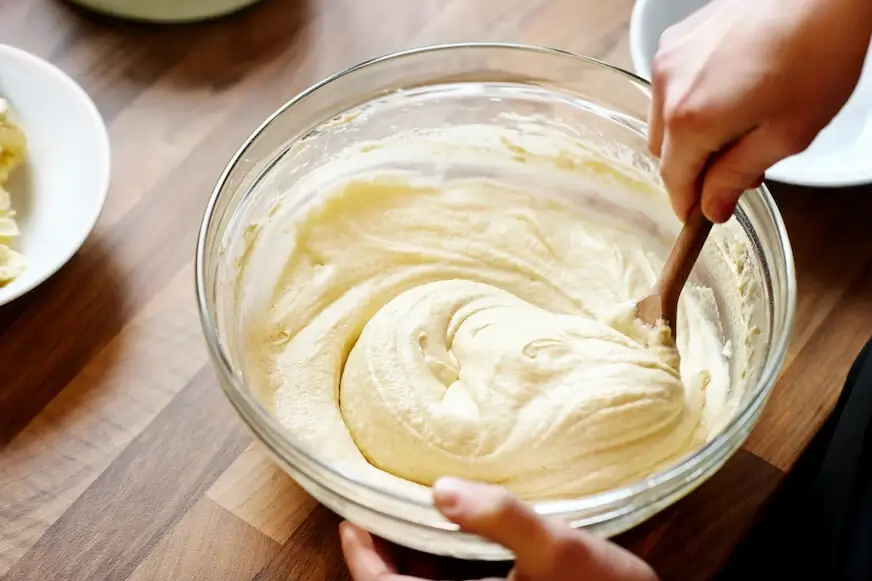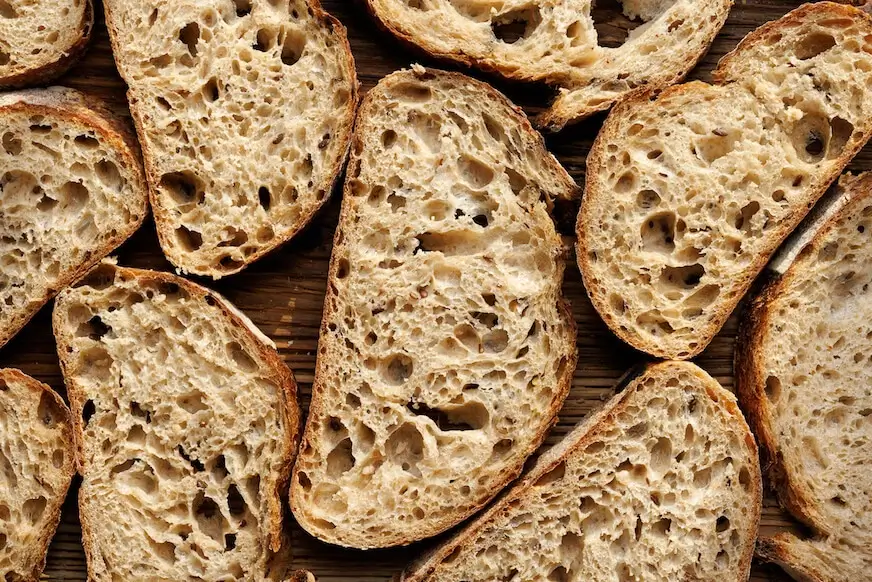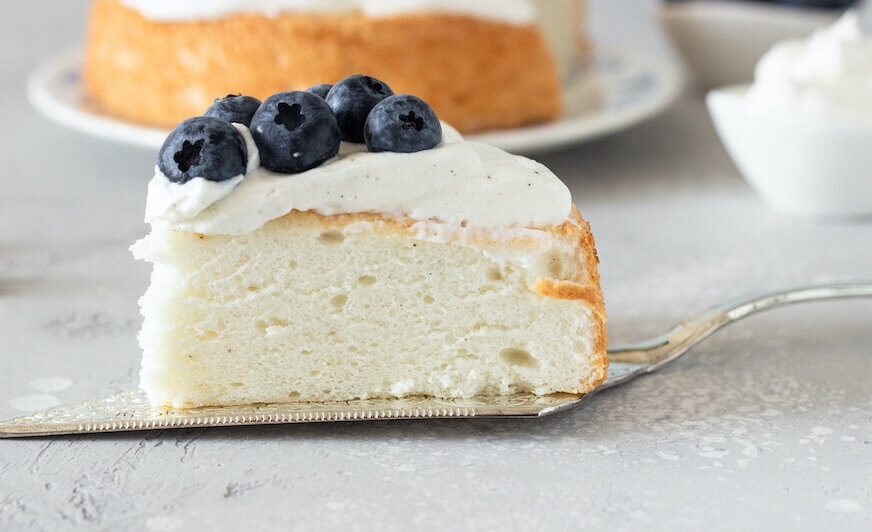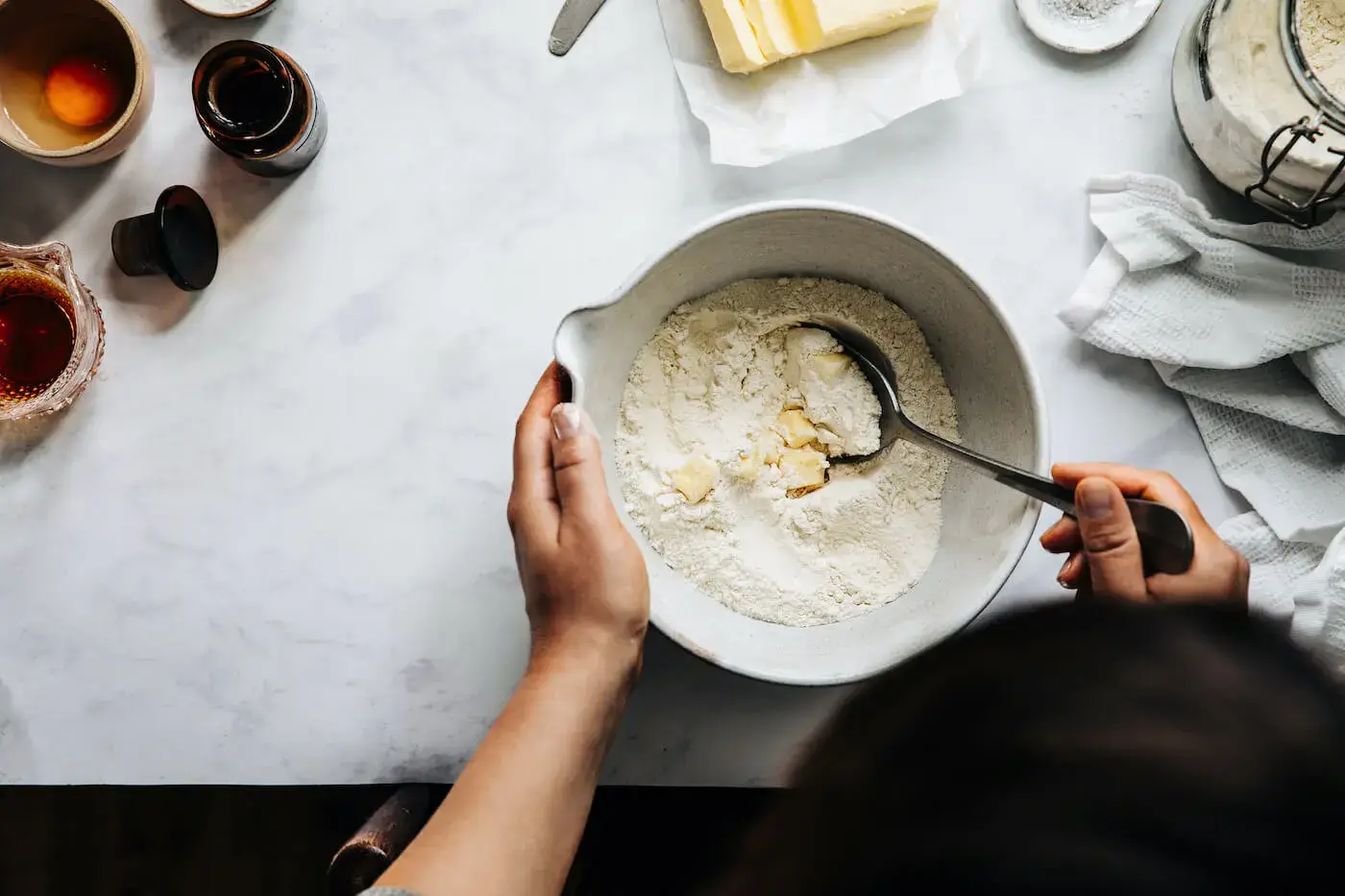Cake vs. Bread vs. All-Purpose: Which Flour to Use for Baking?

You might think, flour is flour, right? Not so fast. Different types of flours have different protein levels and textures, which directly affect how your baked goods turn out. That soft, pillowy slice of angel food cake or the chewy, bouncy rustic loaf both depend on flour but each relies on a very different type to get there.
In this guide, we’re diving into the three flours every serious home baker should know: all-purpose, cake, and bread flour. We’ll break down what sets them apart, when to use them, and how to (sometimes) swap them if you’re in a pinch. By the end, you’ll be ready to roll up your sleeves and get baking.
Meet the Flours: Your Baking Building Blocks
Have you ever wondered, what does flour do in baking? At its core, flour does three big things: it builds structure, soaks up moisture, and helps create texture.
But not all flours perform these jobs the same way. Depending on their protein content and how finely they’re milled, certain flours will perform these roles differently. That’s where choosing the right flour for your baked goods makes all the difference. Here’s a quick look at how all-purpose, cake, and bread flour stack up.
| Flour Type | Protein Content | Texture Outcome | Best For |
|---|---|---|---|
| All-purpose flour | 9–11% | Balanced (not too chewy, not too tender) | General baking, cookies, muffins |
| Cake flour | 6–8% | Very tender, fine crumb | Cakes, cupcakes |
| Bread flour | 11–14% | Chewy, elastic | Breads, pizza dough |
Why Protein Content Matters in Flour
The protein content isn’t just a number on a label. Understanding how gluten forms while mixing and baking is the secret to consistent, beautiful bakes every time. Remember, baking is a science, which is part of the fun (and frustration) for many home bakers.
So what’s happening on the molecular level? When you mix flour with water, the proteins combine to form gluten. Gluten is what gives structure, elasticity, and chew to everything from cakes to breads.
The more protein content a flour has, the more potential it has to develop gluten. It’s helpful to remember it this way: low protein = low gluten development; high protein = high gluten development. This relationship directly affects the texture of your finished bake.
If you want soft, delicate bakes, reach for low protein flour. Craving something with a bit of chew? You’ll want a flour that’s higher in protein. Keep these ideas in mind as we take a closer look at each flour type.

The flour you choose influences the structure from the very first stir.
All-Purpose Flour
All-purpose flour, also known as AP flour, is the middle-of-the-road flour most bakers reach for. Made from a mix of hard and soft wheat, it’s milled to remove the bran and germ, leaving behind just the soft, starchy center. This process makes it perfect for a wide range of baked goods and savory applications.
Protein Range: 9–11%
Texture & Visual Cues: Soft and light with a slightly powdery feel; pale white; clumps slightly when pinched but falls apart easily
Best Used For: Cookies, muffins, quick breads, and some cakes—but more on that later.
Cake Flour
Next up is cake flour, which has the lowest protein content of the three flours, and it’s made from soft wheat varieties and ground extra fine. Compared to AP flour, it feels extra silky in the hand, almost like powdered sugar.

Low-protein flour results in a fine, even crumb—perfect for sponge cakes.
Protein Range: 6–8%
Texture & Visual Cues: Ultra-fine and silky; bright white; feels like soft cornstarch
Best Used For: Tender cakes, like sponge cakes, angel food cakes, chiffon, cupcakes
What’s a “Tender Crumb,” Anyway?
Ever heard the phrase, “This cake has a tender crumb,” and wondered what it meant? In baker-speak, it’s all about texture. A tender crumb means the cake is soft, moist, and delicate, with a fine, even structure that gently falls apart when sliced. Cake flour is often the secret behind it.
Bread Flour
If we think of cake flour as the softest of the bunch, think of bread flour as the sturdy workhorse. While cake flour is made from soft varieties of wheat, bread flour is made from hard varieties giving it a more coarse texture than both cake and AP flours. It’s processed similarly to AP where the bran and germ are removed during milling, leaving the high-protein endosperm behind.
Bread flour offers strong gluten development: think of the springiness of crunchy focaccia or the satisfying pull of a bagel. That’s all thanks to high protein in this flour.
Protein Range: 11–14%
Texture & Visual Cues: Coarse, dense, and slightly gritty in feel; off-white color; heavier than AP or cake flour
Best Used For: Yeasted breads, pizza dough, bagels, focaccia

Bread flour builds the strong gluten network needed for chewy, open-crumb loaves.
Choosing the Right Flour for Your Recipe
Have you ever looked at a recipe and wondered what type of flour you should use? Some recipes are crystal clear, while others leave you guessing, especially vintage or handwritten ones that just say “flour.”
If a recipe specifically calls for all-purpose, cake, or bread flour, it’s best to use what’s recommended, as it indicates that the texture of the final bake depends on it.
If no type is specified, you can safely assume that it means all-purpose, since that’s the most common flour used in American home baking.
Wondering whether buying specialty flours is worth the splurge? It is in the right situation. For special-occasion cakes (like birthday cakes, wedding cakes, or any sponge-style cake), it’s worth seeking out cake flour. The low protein and fine texture create that ultra-tender, melt-in-your-mouth crumb. For artisan breads, pizza doughs, and bagels, bread flour builds the strong gluten network needed for big bubbles and that satisfying chew.
If you want to level up your baking even further, you can play around with some combinations. For advanced cookie baking, try blending a mixture of bread and all-purpose flour for chewy texture. For very light cakes, always use cake flour. If you want to explore gluten-free alternatives such as almond flour or buckwheat flour, these options can offer nutty and earthy flavors to your bakes.
And remember: when in doubt, all-purpose flour is a great starting point. After you’ve made a recipe once, ask yourself if the texture could be improved, then experiment. Want it softer? Try cake flour. Chewier? Try bread flour.
Flour FAQs
Now that you’ve met the flours, let’s tackle the questions that come up again and again.
Can I substitute all-purpose flour for cake flour?
Yes, with adjustments. Keep in mind that you will wind up with a slightly denser cake and coarser crumb, but unless your audience is very discerning, they probably won’t notice the difference.
To substitute all purpose flour for cake flour, you need to lighten up the protein content. For every cup of flour, remove two tablespoons of flour and replace with two tablespoons of cornstarch. For best results, sift the combination through a sieve or sifter to incorporate the cornstarch and aerate the flour. No sieve? Use a whisk or a fork to combine and add a little air.
Can I substitute cake flour for all-purpose flour?
Sometimes. But you have to know what you’re trying to achieve. Try asking yourself if cake flour can support what you’re making.
We now know that cake flour has a much lower protein content, so it won’t create strong structural support. That’s great for light, delicate bakes, but not ideal for denser ones. Recipes that rely on more structure, like pound cakes or banana bread, may collapse or turn out too fragile to slice cleanly.
Cookies made with cake flour can also turn out extra soft or crumbly and might not hold their shape well. But if you’re baking something delicate, like a cupcake or sponge cake, swapping cake flour for AP flour can give you a nicer, more delicate crumb than AP flour.
What flour is best for baking cakes?
Generally speaking, cake flour is best for classic, tender cakes. It happens to be on the more expensive side too, so you’ll definitely want to reserve this cake flour for the most tender types of cake that call for it like sponge, angel, and chiffon.
For sturdier cakes like pound cakes that tend to be denser and more “wet,” you’ll actually want to reach for all-purpose. In these instances, the AP flour has enough protein to give it a great supportive structure while still being enjoyable to eat.

Cake flour creates that soft, airy texture in delicate cakes like angel food cake.
Do I need baking powder if I use cake flour?
Baking powder is a leavener, which helps give your baked goods the “lift” they need. Most cake flours do not include any leavening agents in their flour, meaning you’ll add them in the recipe.
Though less common in the U.S., some cake flour brands will contain some sort of leavener. These are referred to as “self-rising” or “self-raising”, so it’s always a good idea to check the label.
Can I substitute all-purpose flour for bread flour?
Yes you can, but it’s not always a perfect 1:1 swap. Let’s go back to textures. Remember that AP flour is softer and more finely ground than bread flour, which means it absorbs liquids more readily. That makes it a little “thirstier,” and it can affect your dough’s consistency.
So, if a recipe calls for 1 cup of bread flour and a ¼ of cup of water, you may need to add a few extra tablespoons of all-purpose flour to help bring the dough together. Otherwise, your dough might be too wet and difficult to knead. Start with the original recipe, then add a tablespoon of AP flour at a time until it reaches the right texture. That way, you’ll avoid ending up with a sticky, gloppy mess.
The Final Scoop on Flour
Flour may seem like a simple ingredient, but the type you choose has a major impact on the texture, structure, and success of your baked goods. Understanding how flours work, and how their protein content affects gluten, texture, and rise, takes your baking from good to great.The more you know about your ingredients, the more confident (and creative) you can be in the kitchen. So keep learning and keep experimenting, and your best bakes are just ahead.
Want to dive deeper? Explore our online cooking classes, where you can bake alongside instructors from Escoffier Home Gourmet and America’s Test Kitchen, all from your own home. And if you’re ready to turn your passion into a profession, check out Escoffier’s Online Pastry Program. You can gain professional techniques, refine your craft, and take your baking to the next level, one beautifully baked creation at a time.
Interested in more at-home baking fun? Check out these articles for inspiration:


